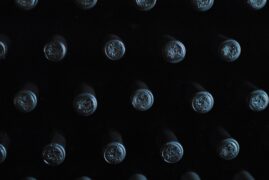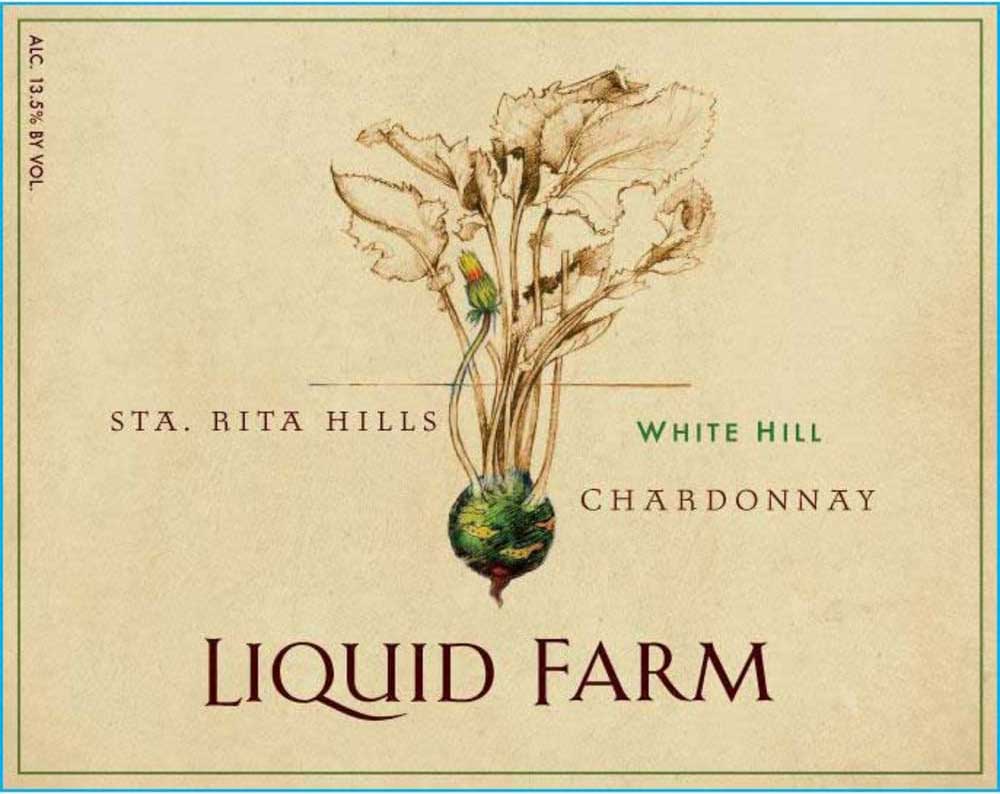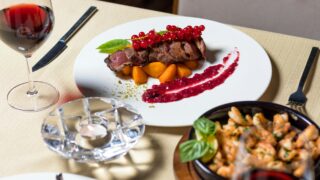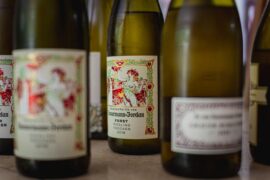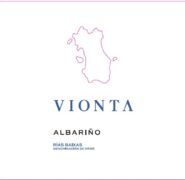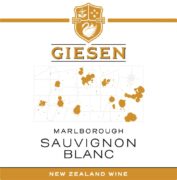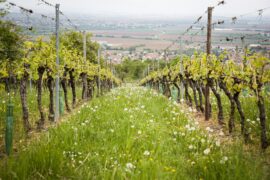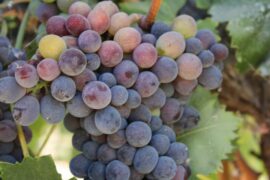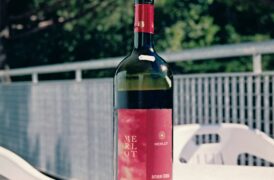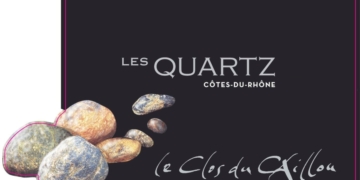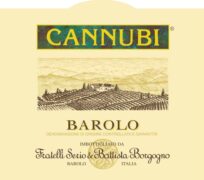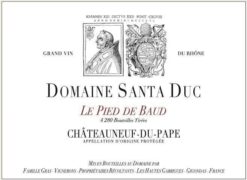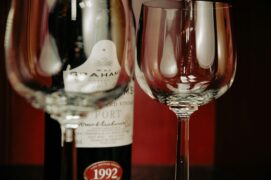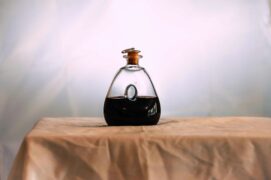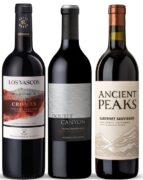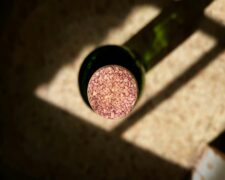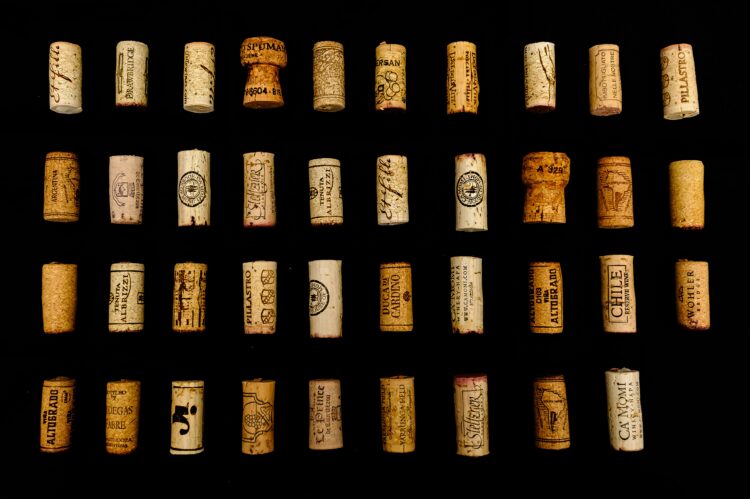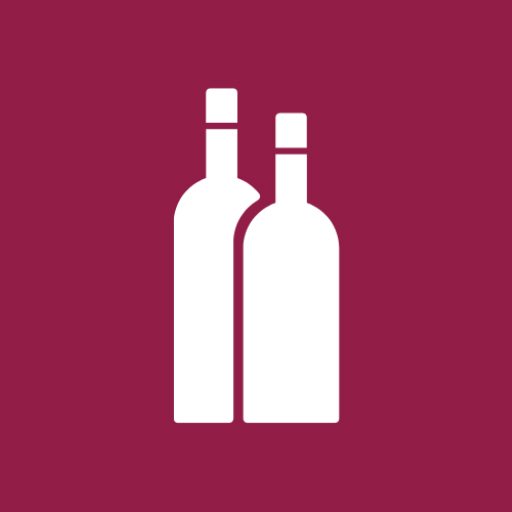Cork is the preferred material for sealing wine bottles due to its unique properties and a long history intertwined with wine preservation. Cork comes from the bark of the cork oak tree (Quercus suber), primarily found in Portugal, Spain, and parts of North Africa. Its use as a wine bottle stopper dates back centuries, with a history rooted in practicality and tradition.
Properties of Cork:
Cork is a natural, renewable resource with a cellular structure that makes it both lightweight and flexible. Its elasticity allows it to compress when inserted into a bottle, creating a tight seal that prevents wine from leaking out while allowing a tiny amount of oxygen to interact with the wine. This small exchange of air is crucial for the aging process, especially for red wines, helping them develop complexity over time. Additionally, cork’s impermeability to liquids and gases ensures that wine is preserved effectively without contamination.
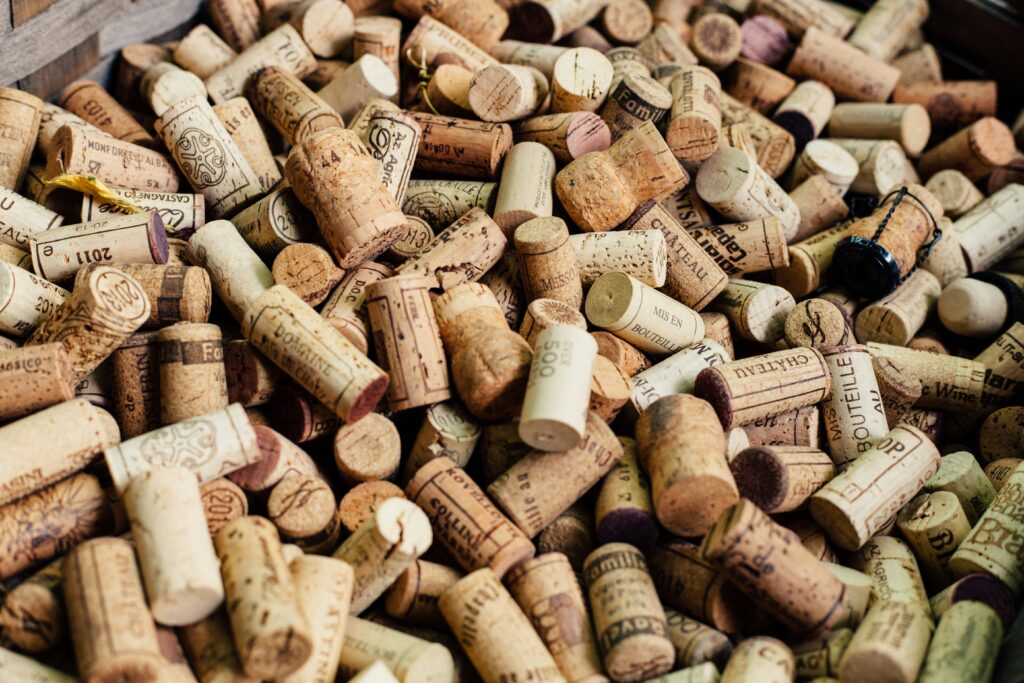
History of Cork in Winemaking:
The use of cork in winemaking can be traced back to the ancient Greeks and Romans, who used it to seal amphorae—large containers used to store wine. However, it was not until the 17th century that cork became the standard for sealing glass bottles. Before this, wine was often stored in barrels, and glass bottles were sealed with oil-soaked rags, wax, or other less effective materials.
The development of the modern cork stopper is often attributed to the French monk Dom Pérignon, known for his contributions to the production of Champagne. In the late 1600s, Dom Pérignon began using cork to seal his sparkling wine bottles, which helped prevent the loss of carbonation and improved the storage of the wine. This innovation quickly spread, and by the 18th century, cork stoppers became the norm in the wine industry.
Cork’s natural properties, coupled with its historical use, have made it the material of choice for sealing wine bottles for centuries. Its ability to preserve wine while allowing it to age gracefully has kept cork at the forefront of winemaking, despite the emergence of alternative closures like screw caps and synthetic stoppers. Cork remains a symbol of tradition and quality in the world of wine.

